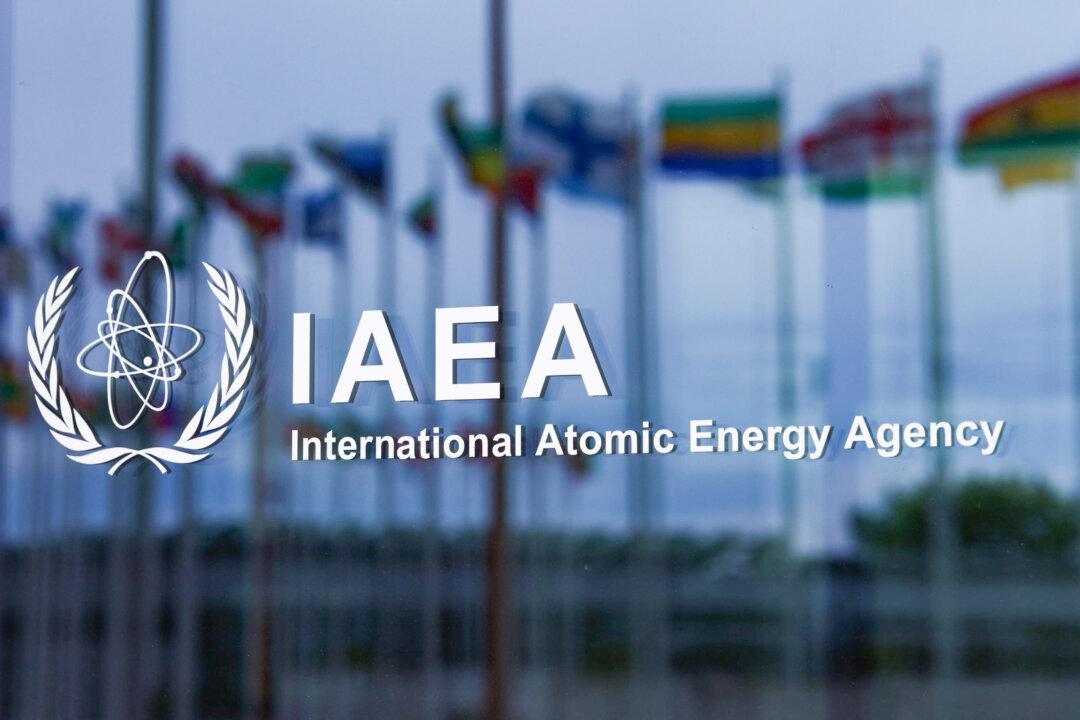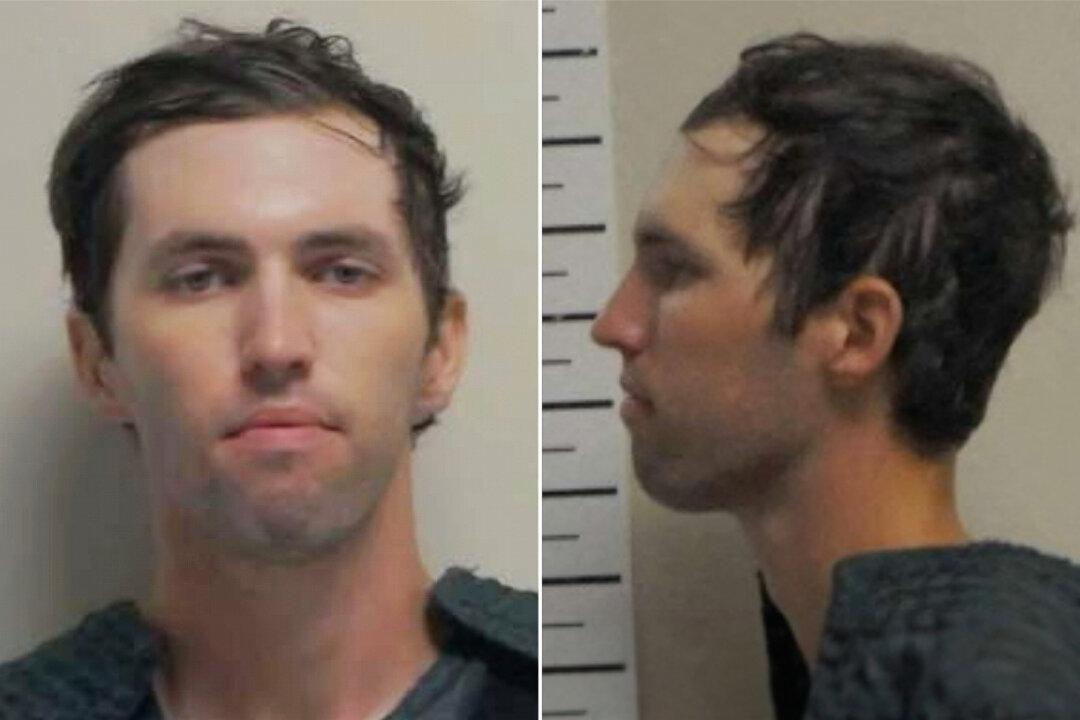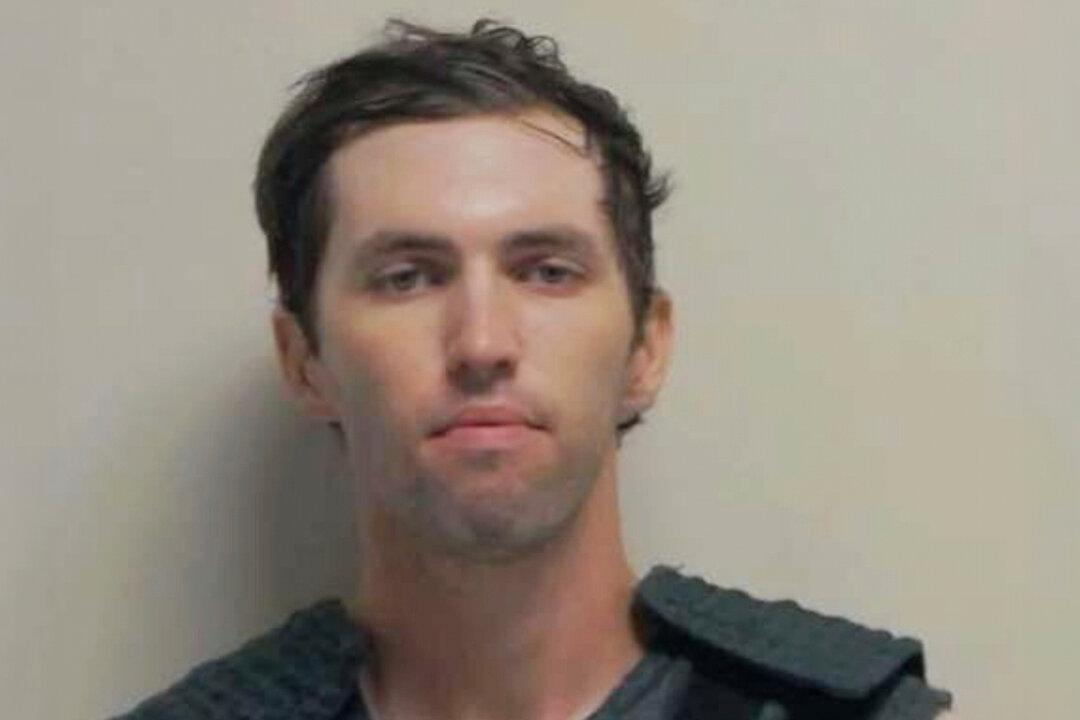As Ukraine and Russia blame one another for a fire at the Zaporizhzhia Nuclear Power Plant (ZNPP), the U.N. agency that monitors nuclear energy stated that “no impact” on safety was reported.
In a statement posted late on Aug. 11, the U.N. International Atomic Energy Agency (IAEA) wrote on social media that its experts “witnessed strong dark smoke coming from the ZNPP’s northern area following multiple explosions heard in the evening.”





